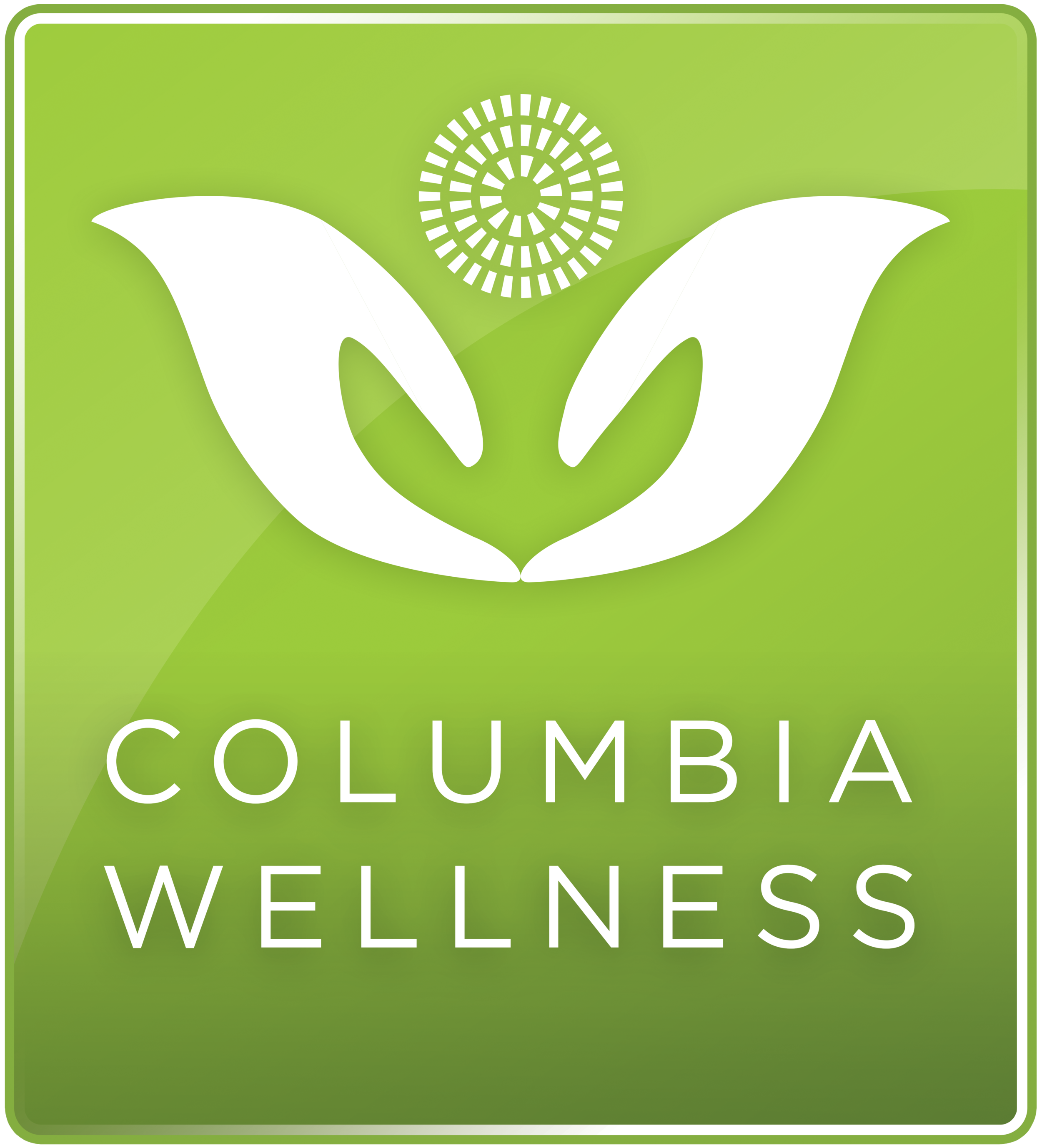Statistics: Mental Health Challenges for the LGBTQ Community
By: William Quinlan
LGBTQ STATISTICS
For Pride month Columbia Wellness is sharing statistics related to Mental Health challenges facing the LGBTQ community in America. LGBTQ individuals suffers from a much higher rate of mental illness and more challenges to treatment. Understanding exactly how significant this is helps gives perspective of where we are and how to deal with the challenges we are faced with. We hope that these statistics and this article will help us clarify the challenges facing the LGBTQ community across our nation. We hope this article helps whoever is reading it stand up and make a difference in the lives of those around them whether its small or large, it starts with individuals LGBTQ, allies, or otherwise.
According to Gallup (https://news.gallup.com/poll/332522/percentage-americans-lgbt.aspx) 7.1% of the U.S. identifies as Lesbian, Gay, Bisexual, Transgender, or something other than straight/heterosexual. That’s 23 million people, that is a whole lot of people. Many people think LGBTQ individuals are just another segment of the population with similar lives and similar outcomes, but LGBTQ mental health is much different than those who identify as heterosexual especially at young ages. According to NAMI, LGB individuals are nearly twice as likely to experience a mental health condition and Transgender individuals are four times as likely. The numbers among LGBTQ youths are even more staggering with 45% of LGBTQ youths considering suicide last year, according to the Trevor Project. LGBTQ individuals are far more likely than their heterosexual peers to experience depressive symptoms, feelings of hopelessness, sadness, and suicidality in general.
These outcomes are so dire for a variety of reasons but some of the most dramatically impactful reasons include rejection by friends and family, lifelong discrimination, and a lack of appropriate or welcoming services. One of the of the most effectual reasons for poor outcomes is being rejected by family after coming out. Rejection isn’t always extreme, like kicking a child out of the home, frequently it’s smaller things like continuing to use a deadname, pronouns, or suggesting the child give up their “phase.” These behaviors are visible in statistics with The Trevor Project stating that fewer than 1 in 3 transgender and nonbinary youth feeling that their home lives were gender-affirming. LGBTQ youth also find it difficult to receive necessary mental health services with 60% saying they were unable to receive desired services.
These numbers just scratch the surface of an endemic nationwide mental health crisis happening right in front of us. However, there is plenty of hope for the future as these numbers are constantly evolving as we evolve as a nation. We are getting better everyday at treating everyone with the respect and care they deserve and everyone’s efforts to be a welcoming and helpful person to the LGBTQ community and individuals has a huge impact in people’s lives.
PERSONAL RECOMMENDATIONS
The burden is on us as a people to help those around us. To create a welcoming environment and make up for those who choose to do the opposite. To be the change we want to see in the world and make the world we’ve been born into a place where others would be happy to live in. That isn’t going to be through shaming others but coming together and accepting others. It all starts with simple acceptance, for example, LGBTQ youth who live in a community that is accepting of LGBTQ people report significantly lower rates of suicide, says The Trevor Project. More important than that are families, families that were able to provide a high level of support saw suicide risk for the LGBTQ youth with them reduced by over half. These numbers, while just for youth, are staggering and it is easy to see how important a role community plays in fostering a good environment for mental health in the LGBTQ community.
Our recommendations for your person-to-person interactions are simple listen, learn from, be kind, and be a safe place for LGBTQ persons to be themselves and encourage usage of the services available in your community. The beginning of improvements for mental health of the whole LGBTQ community starts with every one of us from our families to our grocery stores to our schools. There is always hope and the numbers support that and show that your actions, whoever you are, day to day with the LGBTQ members of your community are effective and felt by the people you interact with. Don’t be afraid to change the world around you.
COMMUNITY RESOURCES
It doesn’t stop there however, for some. For some the need is there for resources, and they’re available in your local Cowlitz county area for you if you need them or for you if you’d like to help. We at Columbia Wellness host a few resources but there are far more that are available to you, whichever side you fall on. Here is a list of resources in your local area and across the country.
Cowlitz County Resources:
- Cowlitz County Crisis Line: (360) 425-6064
- Longview Public Library Rainbow Community: http://www.longviewlibrary.org/teens-rainbow.php
- Lower Columbia PFLAG: https://www.facebook.com/Lower-Columbia-PFLAG-589320707831283/
- Diverse Sexualities and Genders Club at LCC: https://dsgc.weebly.com/
- Columbia Wellness, Wellness and Recovery Center: at 720 14th Ave
National Resources:
- Transgender Community
o Trans Lifeline: 877-565-8860
- LGBTQ Youth
o LGBT National Youth Talkline: 1-800-246-7743
o TrevorLifeline: 1-866-488-7386
o TrevorText: 678-678
o The Steve Fund Crisis Textline: Text STEVE to 741741
- LGBTQ Adults
o Lifeline: 1-800-273-8255
o Crisis Text Line: Text HOME to 741741
